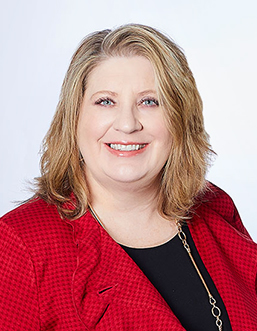Web-based real estate sites like Zillow, Realtor.com, and locally-based multi-list services provide consumers with instant access to real property data. A search for acreage properties predictably yields general acreage descriptions. Obviously, the seller must provide some acreage description to market the property to potential buyers. Then there are the legal descriptions that identify the property as “# acres plus/minus” or “# acres more or less”.
Based upon the listing information and the conveyance deed, a real property buyer may close the transaction with a belief that the real property in fact contains the prescribed number of acres. Yet, the buyer determines after closing that the actual acreage contained within the legal description, which may be described by meets and bounds, a combination of landmark descriptions, or reference to other recorded documents, does not contain the stated acreage. Depending on the “more or less” difference in the expectation vs. received property, the aggrieved buyer may pursue claims against the seller and the real estate agents on both sides of the table.
Buyer claims, while highly dependent on the case facts for successful prosecution, are nonetheless costly to defend. To avoid potential litigation over a “more or less” acreage dispute, real estate professionals should include Missouri Statute 339.190 regarding Real Estate Licensee, Immunity from Liability in their sales tool kit.
1. Get a Survey: A listing agent should obtain from the seller a copy of any prior completed survey in his possession so that it may be shared with potential buyers. If no prior survey is available, a buyer’s agent should strongly encourage the buyer to obtain a complete survey of the property prior to closing. This is especially helpful where the legal description is not already based upon a plat and the acreage is stated in the legal description. The survey will confirm the accurate acreage to a reasonable degree of “more or less”. And, real estate professionals are immune from liability for statements made by the surveyor as to the acreage contained in the conveyed property. RSMo. 339.109.1.
2. Encourage Full Disclosure: When the seller provides information about the property to the listing agent, the listing agent should request the seller to provide complete information about the acreage in the seller’s disclosure. The potential buyer may utilize this information to understand and obtain additional information to confirm “more or less” acreage. The listing agent is not liability for seller’s information contained in the disclosure furnished to a buyer. RSMo. 339.109.2
3. Obtain Third Party Resources: A proactive buyer’s agent may obtain recorded surveys, plat maps, or a geographic information map from local county offices prior to the buyer making an offer to purchase. Information is valuable and the Missouri Legislature encourages real estate professionals to obtain and provide information on the property size to their clients. RSMo. 339.109.4, enacted by the Legislature in 2019, protects real estate professionals for the accuracy of any information about the size or area of a property if the real estate licensee obtains the information from a third party and the licensee discloses the source of the information prior to an offer to purchase being transmitted to the seller.
Using the tools set out in RSMo. 339.109 to gather acreage information yields long-term benefits for the real estate professional. Empowering land sellers and buyers to fully understand subject acreage prior to closing results in happy (and repeat) clients. Likewise, real estate professionals may focus on the next great deal and avoid the time and financial costs of a post-closing dispute.
